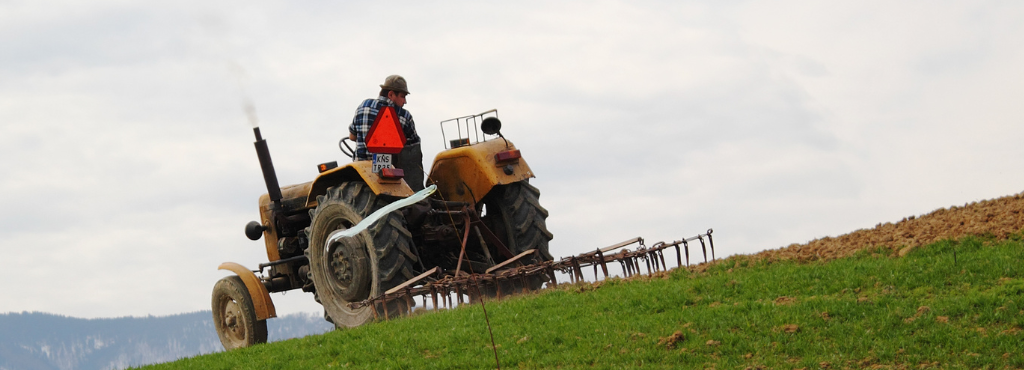A comprehensive guide to purchasing tine harrows, with features, components and intended use.
The Complete Guide to help you choose the Best Spike Tooth Harrows
by the Real Experts of Tractor-towed Agricultural Machinery
CONTENTS
1. Introduction
The harrow is an ancient farm implement whose origin dates back to the early Middle Ages, when it was crafted by the local woodworker or blacksmith. It consisted of a rectangular wooden frame, to which iron spiked teeth – mostly straight-shaped – were attached. Used with animal traction (horses or oxen), it was often fitted with two or three elements mounted close to each other, so as to allow as large a portion of land as possible to be worked.
Over time, industrialisation and technological development have contributed to the creation of many variants up to modern harrows, which can be grouped into four categories, each with a different purpose:
- Spike tooth harrows (harrows with fixed teeth, spring tine harrows, weed harrows)
- Disc harrows
- Power harrows
- Chain harrows
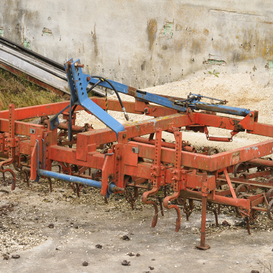
Harrow with fixed teeth 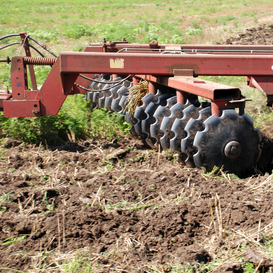
Disc harrow 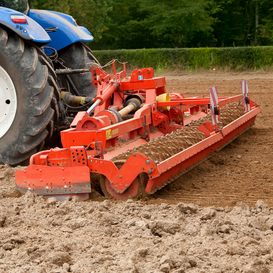
Power harrow 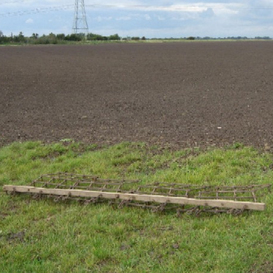
Chain harrow
It is one of the most widely used tools today as it is capable of performing a type of tillage known in agriculture as harrowing, which consists of breaking up clods, levelling the soil and thus preparing it for seeding. In addition to the uses listed above, the harrow is also used for burying herbicides during pre-seeding and fertilisers (of animal or synthetic origin).
2. Main components of a harrow with fixed teeth
The main structure of a harrow with fixed teeth consists of a three-point hitch and a frame which, in larger models, can be folded via hydraulic pistons or manually for practicality of transport.
Connected to the main frame are the working parts (teeth or spikes), the shape of which is straight up to the tip, which is slightly inclined for optimal soil penetration. In order for the equipment to work properly, it is recommended to replace the teeth or tines in case of wear as, in the long run, harrowing performance will be affected.
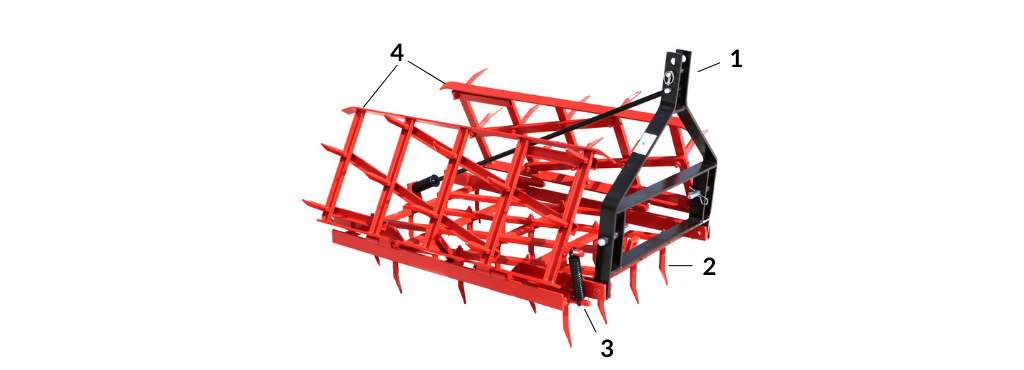
- Three-point hitch (connection to the tractor)
- Teeth or tines
- Springs for folding
- Frame
3. Soil tillage: harrowing
Given the large number of harrow types, the scopes of harrowing are many, depending on the type of tool used: burying herbicides, fertilisers or planting seeds (after broadcast seeding), breaking up soil surface crust, weeds removal, and so on. What must remain unchanged is the final result: the soil is worked superficially and the earth clods are broken up, so the soil surface is levelled and ready for seeding. Given the type of work, the harrow is often used in combination either with rollers or directly with seeders.
Harrowing ranks among the soil refinement works that are performed to prepare the soil for seeding and assist in the early stages of plant growth. It is also part of soil cultivation works, namely those carried out after sowing, depending on the type of harrow being used. Specifically for the harrow with fixed teeth, as it features a rigid frame, it is more suitable for light tillage, without sods overturning, in soft soils. However, it is also possible to attach ballasts in order to work deeper into the soil.
The harrow with fixed teeth is useful for clearing the field or vegetable garden of weeds, both before and after seeding, but above all, to facilitate the absorption of nutrients by the crops. Given its comb-like structure, it is advisable to use it in the presence of underdeveloped weeds: during tilling, in fact, there may be reduced penetration into the soil due to the accumulation of weeds on the teeth.
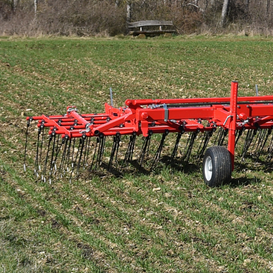
Use of weed harrow after sowing 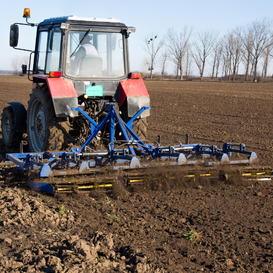
Use of combined spike harrow before sowing 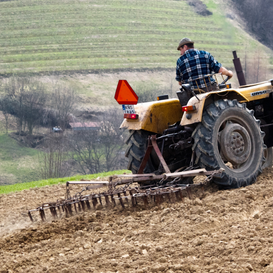
Use of harrow with fixed teeth before sowing
For this reason, although the most suitable type would be the weed harrow, the spike version serves just as well for use with the stale seedbed technique, which is used to control weeds without the use of chemicals. This method is mainly used in organic farming when working on large areas, but can also be implemented for weed management in one’s own vegetable patch.
This technique consists in preparing the seed bed, which is watered, as in normal sowing, but without actually planting seeds. This stimulates the germination of weed seeds in the soil, which are then removed mechanically with a weeder. In order for this to work, it is necessary to anticipate the timing of the main crop, so, for example, if spinach is to be sown between March and April, it must be sown a few weeks earlier. The planned preparatory tillage (ploughing and harrowing with a rotary harrow or garden tiller) is then carried out, waiting for the weeds to germinate, and then superficial harrowing is performed to pull out the roots. The planned crop is sown once the removed growth has dried.
4. Types
The first distinction to be made concerns the sturdiness (or series) of the equipment, which can be classified as follows:
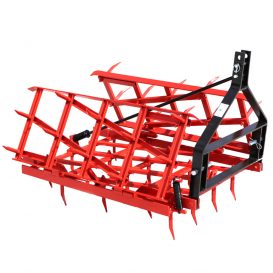
Light series 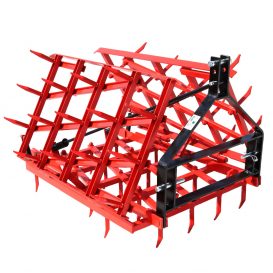
Medium series 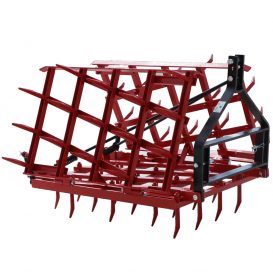
Heavy series
Harrows with fixed teeth are further classified into mounted and trailed harrows:
- mounted harrows: equipped with a special set-up that allows the equipment to better adapt to ground conditions and make smoother steering turns. They rely on a hydraulic mechanism that, through the use of rubber wheels (also suitable for road transport), allows the machine to raise and lower from the ground to perform or not perform tilling work;
- trailed harrows: do not allow for smooth steering by the operator as he is forced to lift it and move back into position every time he reaches one end of the field. They also fail to adhere perfectly to uneven ground because of the small distance between the harrowing tool and the tractor.



